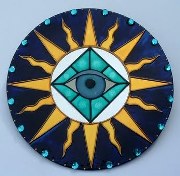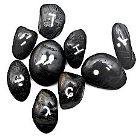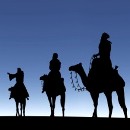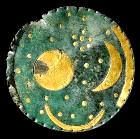Amulets – lucky charms in the Bible
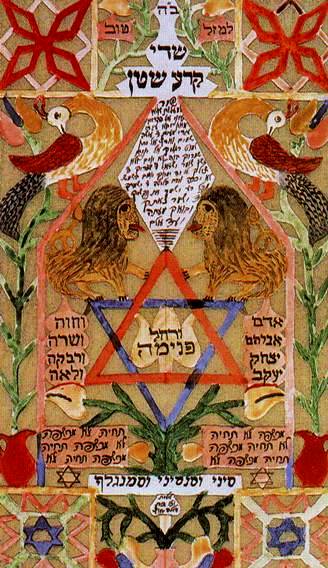
Amulets often contained a small piece of paper with a biblical text, beautifully decorated
What is an amulet? A small bracelet or necklet with some symbol or inscription that protects its wearer from evil. Amulets were more powerful than ordinary bracelets because they had spells whispered into them.
Wearing amulets was absolutely forbidden by the Bible, but their use was widespread and persistent.
Why did people wear them, even though they were forbidden?
They made people feel safe against the unknown terrors of the night (and day, too).
People believed they kept evil away. You were that little bit safer if you wore an amulet.
How do we know this?
- In 1979 during the excavation of a late Iron Age (seventh century B.C.E.) tomb at the funerary site of Ketef Hinnom outside of Jerusalem, archaeologist Gabriel Barkay uncovered two small silver scrolls—no bigger than the diameter of a quarter—that were originally worn as amulets around the neck.
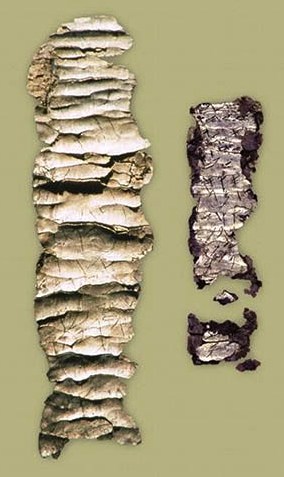
When researchers from the Israel Museum, Jerusalem, unrolled the sheets of silver (see at right), they detected tiny lines of the ancient Hebrew script inscribed on them. High-resolution photos allowed researchers to decipher the Hebrew text on the ancient amulets. The researchers discovered that the inscriptions, dating to the eighth–sixth centuries B.C.E., contained blessings similar to Numbers 6:24–26. – which says ‘The Lord bless you and keep you; the Lord make his face to shine upon you, and be gracious to you; the Lord lift up his countenance upon you, and give you peace.’
- One of the items in the long list of women’s finery in Isaiah 3:18-23, a gloom-and-door prophecy if ever there was one, is the amulet or humming shell (‘lahag’), which was supposed to bring good luck and guard against evil forces. 18 In that day the Lord will take away the beauty of their anklets, headbands, crescent ornaments, 19 dangling earrings, bracelets, veils, 20 headdresses, ankle chains, sashes, perfume boxes, amulets, 21 [a]finger rings, nose rings, 22 festal robes, outer tunics, cloaks, money purses, 23 hand mirrors, undergarments, turbans and veils.
Why a snake?
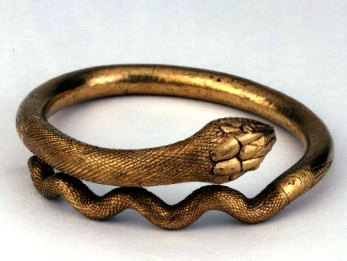 Another significant piece of information: some scholars consider that the name ‘lahag’ originated in ‘nahag’, the word for ‘snake’ and that originally it was serpent-like in shape.
Another significant piece of information: some scholars consider that the name ‘lahag’ originated in ‘nahag’, the word for ‘snake’ and that originally it was serpent-like in shape.
Snakes had an important symbolic meaning for the Canaanites and many vessels engraved or impressed with snakes have been unearthed in excavations of the Canaanite and Israelite periods.
Why? Snakes shed their skin every year – as if they had been reborn. Did this suggest to the Canaanites that snakes could somehow be reborn again after dying?
Was this why snakes were venerated by the Canaanites, and detested by the Hebrews to the extent that the great villain of the Fall is pictured, even today, as a serpent?
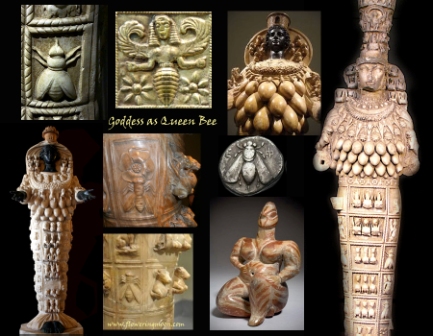
Ancient images representing
prosperity, good luck, well-being
Search Box
![]()
Lucky charms – links
© Copyright 2006
Elizabeth Fletcher

